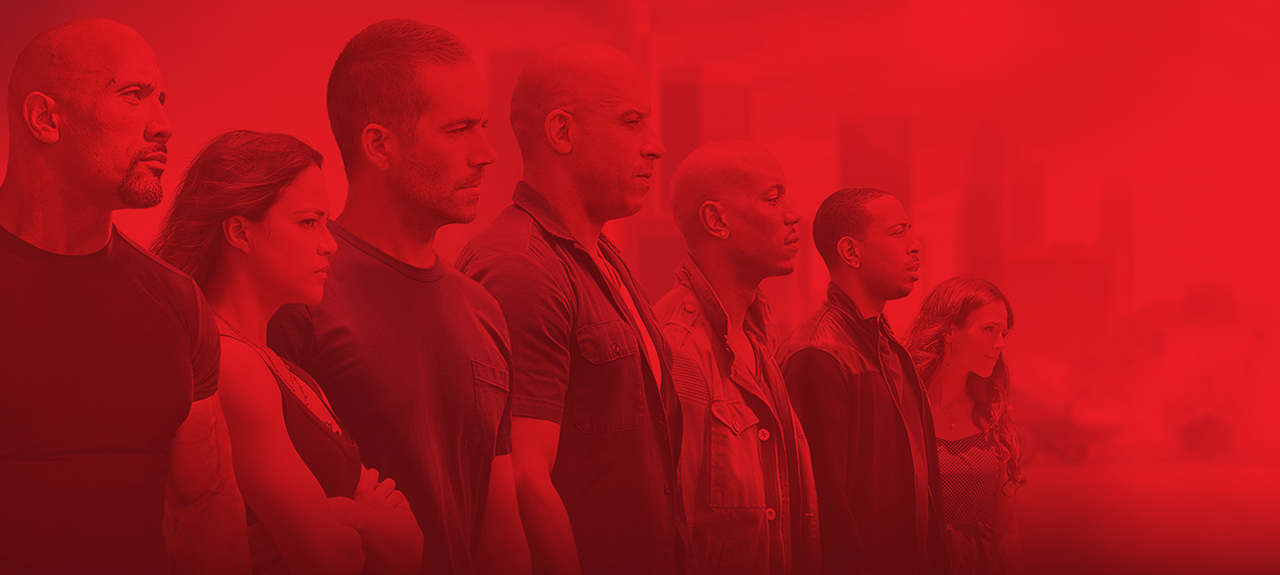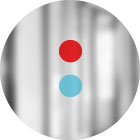Last month we had the pleasure of joining our NASCAR clients at SEMA in Las Vegas. SEMA is the Specialty Equipment Market Association, and they serve the motor vehicle aftermarket. If your last name isn’t Toretto or O’Conner, you may not know exactly what that means. Simply put, the motor vehicle aftermarket covers all the stuff you add to your car after you buy it.
Life’s too fast and furious to visit semashow.com and learn about what the SEMA Show is all about? I’ll spare you the click: “The SEMA Show is the premier automotive specialty products trade event in the world.” So, if you like cars and car stuff, stuff for your car stuff and then maybe some stuff for the stuff for your car stuff, this is your Mecca. It is the mother of all automotive shows. It’s massive in a way that seems never-ending, taking over multiple halls of the Las Vegas Convention Center, with each hall dedicated to a different specialty.
If you live your life a quarter mile at a time, you could get lost for days wandering around in there. If not, you could get lost just trying to find the nearest exit. It’s that big.
But we’re not here to give you a book report on the show. We’re here to tell you what we learned from spending a couple of days exploring the convention center in awe.
Lesson #1: Give people the tools to celebrate and share their passion.
This is not to be confused with “give people the tools to celebrate and share your brand’s marketing message,” which is what most brands try to do. They make the mistake of thinking about their brand first and the people attending the event second. They expect everyone to promote the event on their own social channels, and are then surprised when they don’t. The reason? It’s because you’re asking them to talk about what YOU care about instead of encouraging them to talk about what THEY care about.
The people attending SEMA care about two things, the most important one being cars. They have a deeeeeeeeeeep passion for everything cars. It’s all they want to talk about – especially on their social channels – so they spend their day snapping photos and sharing them out. You know what they aren’t taking photos of? Your marketing message.
Ford understood this. They created a contest that encouraged attendees to take and share creative photos of the SEMA action. In return, they gave away prizes every 30 minutes. Ford knew they didn’t have to give people an assignment or require certain photos. As long as people used the proper hashtag on their social media posts, they were qualified to win.
And guess what people took pictures of? Cars. And guess what cars just happened to be easily accessible? Duh. The “risk” Ford took was assuming people were passionate about their cars, but they also knew it wasn’t really a risk.
Ford knew that letting SEMA attendees share their passion would be more impactful than putting limitations on entry that benefitted Ford more than the people they were trying to reach. And while the required #FordSEMA hashtag was branded, it wasn’t a forced message about some brand benefit or belief.
The results speak for themselves:
30,000+ total posts across multiple social channels
49,000,000+ social reach on Twitter
Lesson #2: The power of FoMO
FoMO (Fear of Missing Out) is great gut check to use for any event or experience you are creating. If the event doesn’t give attendees the feeling of status and bragging rights (what we call “social currency” in the biz), and create a sense of FoMO for those who couldn’t attend, then you probably aren’t doing a very good job at your job. Seeing a local band play at a street fair? Not FoMO. Seeing a local band cover Johnny Cash’s “At Folsom Prison” at an invite-only event that takes place in an abandoned prison? FoMO.
SEMA itself has built-in FoMO because it isn’t open to the public. But every brand or company that has a presence at the show has the opportunity to create some FoMO of its own.
One brand that did it very well was Delorean. They decked one of their cars out “Back to the Future” style, flux capacitor and all. People had the opportunity to get in the driver seat and put the pedal to the metal. When they got the car to hit 88 mph, sparks flew, lightening struck, and they got the sensation of going all Huey Lewis (“Back in Time”). It was truly incredible and something the lucky few that got to do it will never forget. It definitely gave us FoMO.
Lesson #3: Quality matters.
When you’re trying to stand out among hundreds of competitors and thousands of brands, the quality of your booth matters. Spending the right time, energy and resources to convey the right image for your brand impacts EVERYONE who sees you at the show. For those who already love your brand, the quality of your appearance provides them with validation. And those who may not have thought about stopping by your booth are suddenly compelled to do so because of the quality they see.
It doesn’t take much to set yourself apart from those around you. Most booths use standard grey carpeting to establish their footprint, so when a brand bucks that system it stands out. Simple things, like using tan carpet and fence posts to create a desert drag racing setting, or appealing to racing fans with a checkered floor, can go a long way.
Pipe and drape (which is exactly what it sounds like it is) is an easy way to create a backdrop or wall at your booth, but it isn’t exactly exciting. And, when everyone else is using it, pipe and drape tells people your brand is bland. So invest a little extra money to make that same wall or backdrop out of a higher-end material (wood, metal, glass, Muppets, etc…), or simply apply some graphics. Assuming your graphics are awesome, of course.
Lesson #4: Know your audience
Time for some Q&A.
You know who attends the SEMA Show? Dudes. Lots and lots of dudes.
And do you know what these dudes like? Cars.
But do you know what else these dudes like? Women.
So what did lots and lots of the brands do at their booths? They had models there, wearing as little clothing as possible – usually based on some random theme – milling about and drawing the dudes into the booth by simply being present.
Did they get our attention when we walked by? No comment.
Is there anything more Vegas than a car show filled with scantily clad women and men falling all over themselves while trying to look like they aren’t falling all over themselves? No.
Do we condone this type of misogynistic behavior? Of course not …
Is this stereotypical approach effective? Like shooting fish in a barrel.
Like we said, know your audience.
Lesson #5: Humans are predictable creatures
It’s as simple as this – we like free stuff. We will wait in a line for 15+ minutes to give our contact information away in exchange for a free $2 t-shirt that we MIGHT wear one time. If you asked us to stand in line for five minutes to share our contact info AND answer a brief survey in exchange for $2, 20 times out of 10 we’d pass. But a t-shirt? We will wait allllllllll day, and happily share our contact info. Because we’re humans. And we like free stuff.
At the Chevy booth, we literally saw a line 40 people deep waiting to fill out a survey and share their contact info, all for a free t-shirt. People were pulling chairs over from other parts of the booth and sitting in line. For a free t-shirt.
And why is that? Because a t-shirt is a form of self-expression, and wearing a t-shirt (like, say, for example, one that has a SEMA and Chevy logo on it) is a way to openly celebrate and share our passions with others.
This makes t-shirts the original social currency.
See you next year.
P.S.
We completely made up that Delorean activation. But it would’ve been cool if they had done it.















